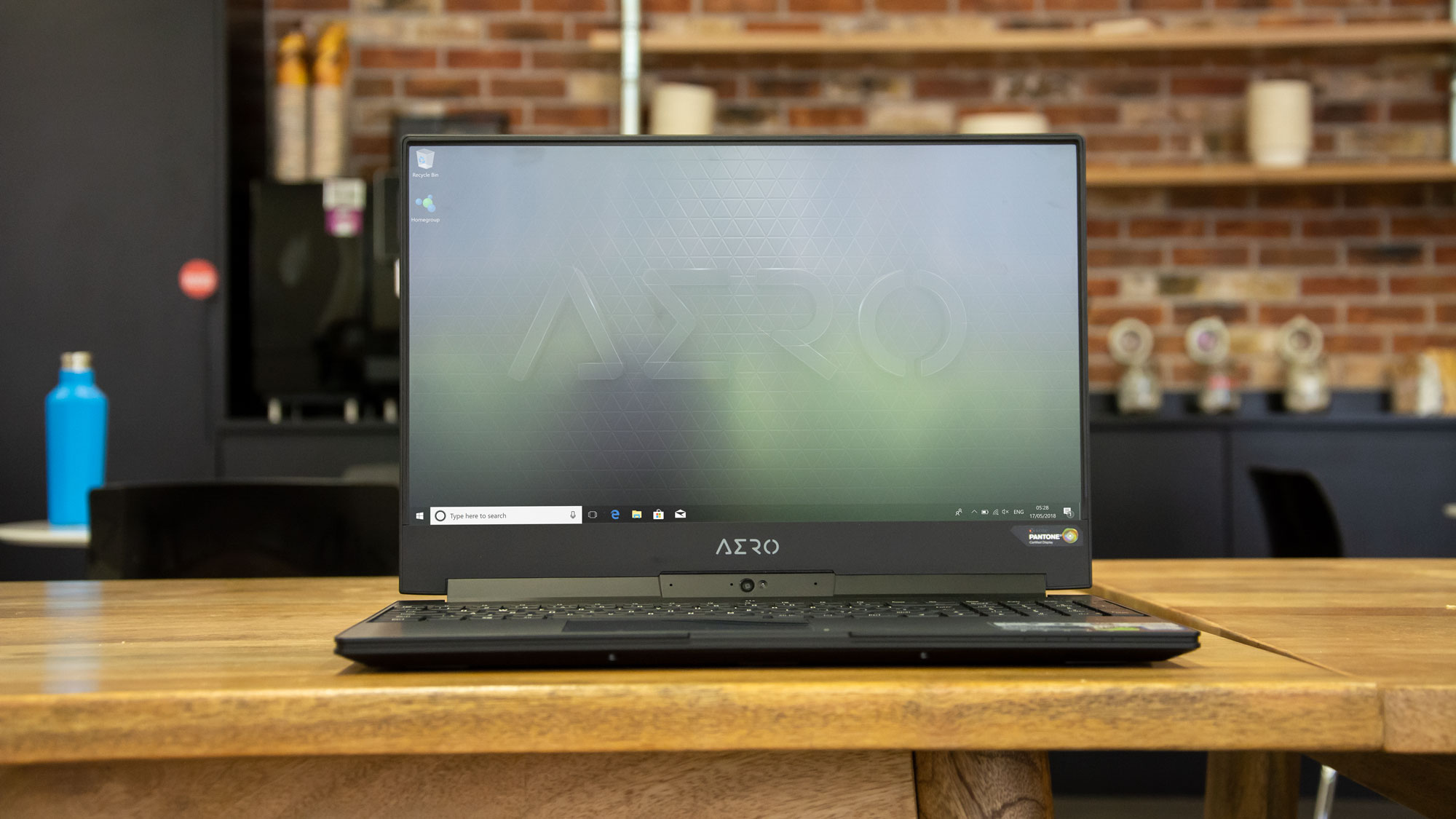A hospital is a 24-hour facility. Despite physicians’ and medical staff’s continuous efforts to assess patients 24 hours a day, it is difficult to discover every underlying issue or urgent scenario that may occur. When a patient is first admitted, clinicians often cannot determine their exact hemodynamic characteristics. Some patients’ health may rapidly worsen when physicians and personnel are absent. When cardiac patients aren’t closely monitored, they are more likely to get heart blockages or infections. As soon as a patient has been released from the hospital, they may have new or worsening symptoms.
What can be done to limit, if not eradicate, these kinds of situations? Patients with chronic illnesses, the elderly, preterm children and even accident victims may all be monitored through remote healthcare. RPM strengthens healthcare and has the potential to improve health outcomes, cut costs, and boost efficiency for patients, providers and healthcare facilities.
Below are the top five advantages of RPM systems for healthcare practitioners.
1. Enhanced quality of care
With remote patient monitoring, health care practitioners can access vital signs and other data obtained in the patient’s regular setting. As a result of RPM, doctors can better comprehend their patients’ long-term health performance data and avoid over-treating patients due to the stress of visiting the doctor’s office.
Patient-driven behaviors include adherence to prescribed medications and dietary and physical activity goals. Biometric data may be monitored more consistently, allowing businesses to identify patients deviating from their path in real-time.
When RPM data is connected with patient engagement tools, patients may benefit from real-time counseling and encouragement. Secure messaging protocols dynamically respond to the patient’s data, offering appropriate, just-in-time prompts to keep them on course with their clinical care plan and substantially enhance their health and wellbeing. Your staff will be able to devote more time and resources to those patients who need it the most.
2. Improves the accessibility and affordability of healthcare
RPM alerts patients and clinicians to changes in their health indicators, allowing them to take action before things get out of hand. In an emergency like acute hypoglycemia or a heart block, advanced features that monitor heart rate, ECG, respiratory rates, blood pressure and oxygen volume in blood, among others, may aid. Patients may also save time and money by not having to go to the hospital for frequent checks, as they don’t have to be physically there.
3. Improved patient accountability
Patients are held more responsible for their health outcomes when closely linked to their medical treatment. Patients who know their medical records are being transferred to their doctors feel more supported and connected. As a result, customers can rest easy knowing that they are getting messages tailored to them specifically. Physicians may assess their patients’ current health conditions using the RPM’s forms, surveys, reminders and push alerts.
4. Increased practice revenue streams
RPM benefits everyone: patients, providers, and the government. Remote patient encounters, including telephone conversations, may be billed and billable hours increased. As a result, telemedicine reduces patient no-shows and enhances workplace efficiency. To achieve a competitive advantage, RPM may help healthcare providers attract and keep a more significant number of patients via new and improved service models.
Through CPT codes (such as 99457 and 99458), doctors may be paid for time spent on remote care tasks like analyzing patient data. There are several advantages to using RPM for healthcare practitioners that employ gadgets that smoothly integrate into medical workflows; capture significant volumes of data, and enhance patient health.
5. Increased effectiveness in treating chronic illness
By collecting and analyzing hemodynamic indicators like blood glucose and blood pressure, RPM may assist physicians and patients in better managing the symptoms of chronic illnesses like diabetes or heart disease. RPM improves clinical outcomes since by being aware of these factors, patients may keep looking for rapid changes, and physicians can deliver more effective and sensible treatment.
As a result of COVID-19, the use of remote patient monitoring (RPM) software is expected to grow in many practices. From e-learning to utilizing their webcam in Zoom meetings to more telemedicine sessions, the epidemic has helped people become more at ease with technology.
A remote patient monitoring platform and supporting infrastructure should be budgeted for in advance since patients will likely demand it soon. To put it another way, physicians and staff may focus on the patients requiring the most attention to provide the best possible treatment and results.














